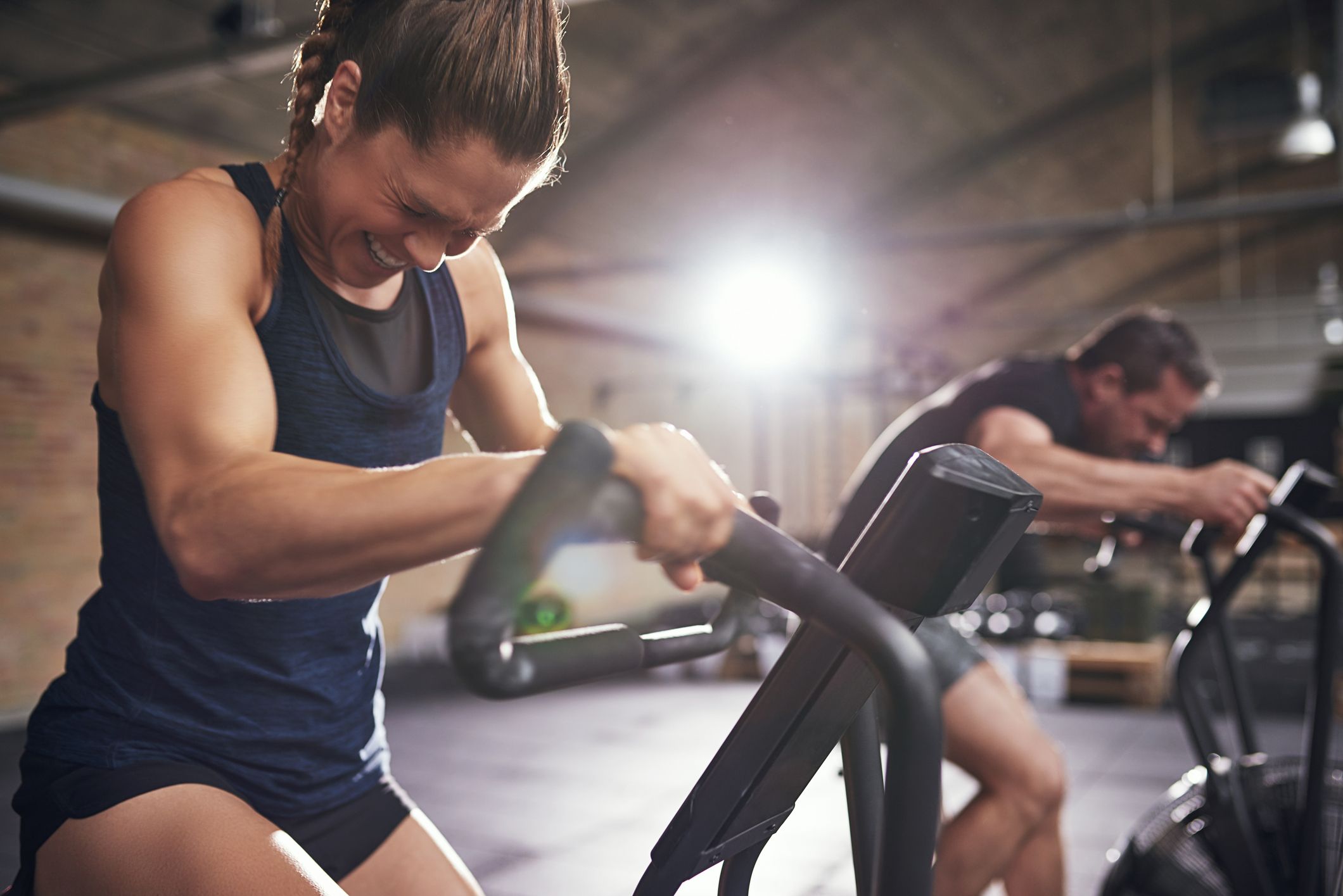Cycling is a fantastic way to stay active, explore new places, and improve your cardiovascular fitness. However, it also places considerable demands on your lower body muscles, especially the calves. Strong calf muscles are essential for generating power, maintaining pedal efficiency, and preventing fatigue and injury while cycling. In this article, we’ll explore some effective strategies and exercises to help you build stronger calves for cycling.
- Proper Bike Fit
Before diving into calf-strengthening exercises, it’s crucial to ensure your bike is properly fitted to your body. An ill-fitting bike can lead to improper pedal stroke mechanics, causing unnecessary strain on your calf muscles. Consult a professional bike fitter to make adjustments to your bike’s saddle height, pedal cleat positioning, and handlebar reach to optimize your riding posture.
- Progressive Training
Progressive training is key to strengthening any muscle group, including the calves. Start with a moderate intensity and gradually increase the load or resistance over time. This can be achieved through:
- Increased mileage: Gradually build up the distance and duration of your rides to challenge your calves.
- Hill climbs: Incorporate hilly terrain into your rides to add resistance and engage your calf muscles more intensely.
- Interval training: Include intervals of high-intensity pedaling followed by recovery periods to improve calf strength and endurance.
- Calf-Specific Exercises
Incorporate targeted calf exercises into your cross-training routine to build strength and stability. Here are some effective exercises:
a. Calf Raises: – Stand with your feet hip-width apart, toes pointing forward. – Slowly lift your heels as high as possible, then lower them back down. – Perform 3 sets of 15-20 repetitions.
b. Box Jumps: – Find a sturdy box or platform. – Stand in front of it with your feet shoulder-width apart. – Jump onto the box using your calf muscles and then step down. – Perform 3 sets of 10-15 repetitions.
c. Seated Calf Raises (with a machine or dumbbells): – Sit on a calf raise machine or bench with your knees bent at 90 degrees. – Place a weight on your thighs or hold dumbbells on your knees. – Lift your heels as high as possible, then lower them back down. – Perform 3 sets of 12-15 repetitions.
- Stretching and Mobility
Maintaining flexibility in your calf muscles is equally important. Incorporate stretching and mobility exercises into your routine to prevent muscle tightness and reduce the risk of injury. Simple calf stretches like the downward dog yoga pose or wall calf stretches can help improve flexibility.
- Recovery and Nutrition
Don’t overlook the importance of recovery and proper nutrition in your calf-strengthening journey. Adequate rest, sleep, and nutrition are essential for muscle repair and growth. Ensure you’re consuming enough protein to support muscle recovery and eating a well-balanced diet to provide your body with the necessary nutrients.
Building stronger calves for cycling requires a multifaceted approach that combines proper bike fit, progressive training, calf-specific exercises, stretching, and recovery. By following these tips and incorporating these strategies into your cycling routine, you’ll not only enhance your cycling performance but also reduce the risk of calf-related injuries. Remember, consistency is key, so stick with your calf-strengthening regimen, and you’ll see improvements in no time. Happy cycling!









